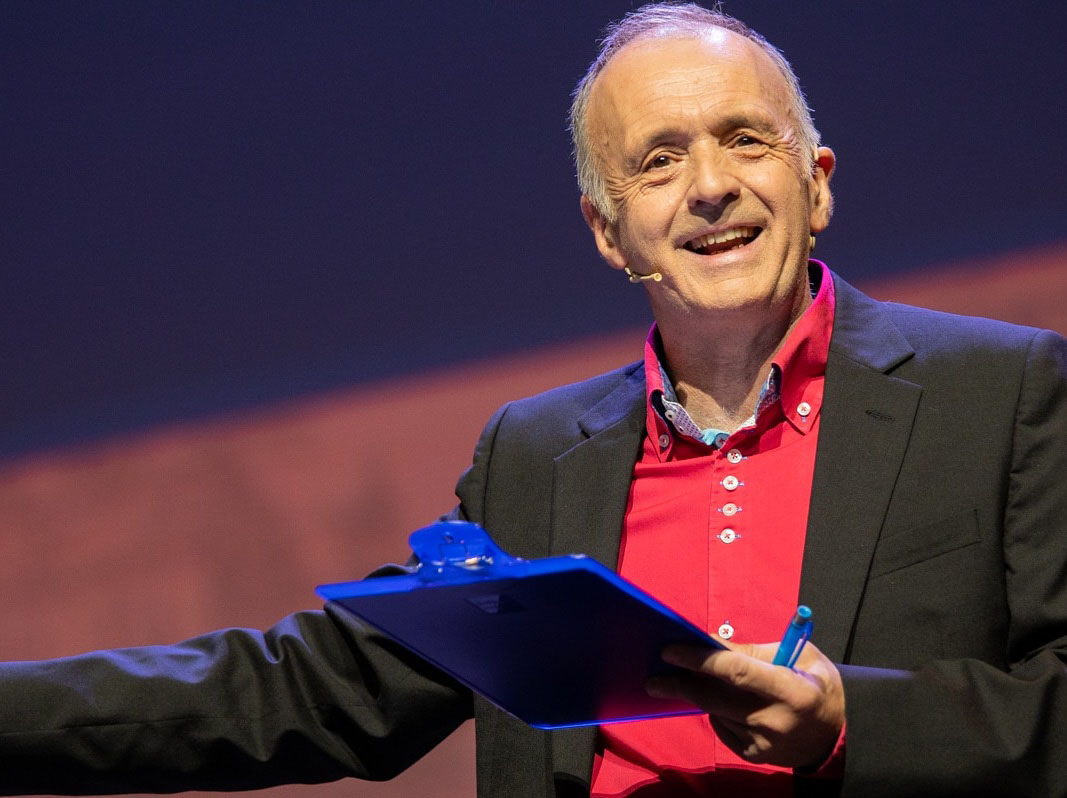 At times straightforward and upfront, at others modest and demure; sometimes distant and aloof, but on occasion flashy and flamboyant. As a designer of meetings, I listen to the messages expressed by buildings. What buildings say is important because it influences the behaviours of meeting participants. And in turn, those behaviours can make meetings more or less successful.
At times straightforward and upfront, at others modest and demure; sometimes distant and aloof, but on occasion flashy and flamboyant. As a designer of meetings, I listen to the messages expressed by buildings. What buildings say is important because it influences the behaviours of meeting participants. And in turn, those behaviours can make meetings more or less successful.
Let’s take a powerful building, Doge’s Palace in Venice, for instance. When stepping inside the vast Council Room, people instantly change what they were doing before: they slow down, lower their voices, take their children by the hand – like when you enter a church.
Very clearly, certain things are not done in there: children don’t run across the Council Room and it’s not the place for a passionate French-kissing session with your lover. Why not? What makes us so aware of what is appropriate and what is not?
I don’t know the exact mechanism but without any doubt it is connected to our receptiveness to the signals we pick up from our surroundings. In our heads, these signals are directly forwarded to a kind of toggle for acceptable and unacceptable behaviour. For my work I am not so much interested in understanding the mechanism in detail but rather the phenomenon as such.
The point is that virtually all meetings are held in buildings and it is my experience that buildings speak to people. Not only to people who are willing to listen, but to everyone. What they say is called the “venue message”.
Usually, the building invites you to do something; it exudes an assignment. The message sounds like a sentence taken from a theatre dialogue and you, the visitor, respond to the signal, to the stimulus. Without consciously noticing it. Thus, the Council Room in the Palace of the Doge in Venice says: “be humble in the sight of the wealth I have gathered in many centuries!” Anybody with half a bit of common sense simply gets that message and literally incorporates it with due respect.
And due respect and French-kissing don’t go together.
As a designer of meeting programmes, it is vitally important to capture the messages that buildings whisper in your ears. I introduced the notion in a previous blog. How does this work?
Imagine wearing a kind of huge butterfly net on your head that allows you to capture elusive stuff from out of thin air. Or having an out-of-the-ordinary large pair of ears. When you enter the building, somewhere in the wall a huge mouth opens itself – as in a Harry Potter movie – and the mouth says something. To you.
In practice, you often find that when you are called in to design meeting programmes, the venue has already been arranged. In many cases, the message the venue communicates to the meeting participants doesn’t fit the objectives of the meeting.
At that point, as a designer, you have two choices: either you convince the meeting owner to review her choice, or you will have to sink your teeth in the venue and adapt its message to your purposes. Often this can be achieved with surprisingly simple means.
Take the picture below. This is a meeting in a somewhat drab hotel, around 10 kilometres beyond the limits of a medium-sized, typically nice European town. The organisers want their participants to have an open exchange about conflicting issues and to work out shared insights. When they enter the meeting room, they hit a large table, filled with bowls containing a wide variety of herbs, spices and other ingredients for magic potions.

The whole place smells like the Egyptian spice market in Istanbul. The treasure trove of over- whelming smells con- trasts neatly with the life- less surroundings. That contrast opens up un- foreseen windows in the minds of the participants, as proven by their rich discussions. Participants use the ingredients to brew the magic potion that will solve the pending conflicts, but when they enter they don’t know this.
It is a pity that so many buildings used for meetings and conferences have such unexciting venue messages. Numerous conference hotels say: “I used to be better.” Or: “I’m trying hard to look posh.” Meeting facilities in large exhibition centres often seem to say: “So, what are you doing here?” or, “Gosh, you’re small!” or “Today I look like this, but tomorrow I’ll look a lot different.”
Many meetings are held so as to inspire people, or to help them generate new ideas together. At least, that is the intention of the programme, but most of the messages delivered by venues are not a great help in achieving that. The solution I most often see to modify the message of a venue is the potted palm tree. I will not say anything about that, because you obviously already know where I’m going…
This is an edited version of an article that originally appeared on Mindmeeting’s blog
Eric De Groot is a meetings designer and founder of Mindmeeting. He is co-author of Into the Heart of Meetings: Basic Principles of Meeting Design


